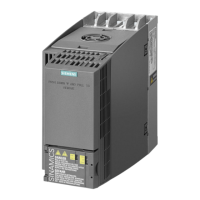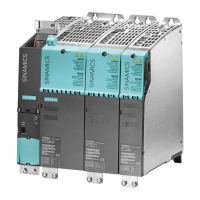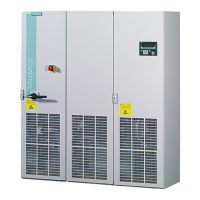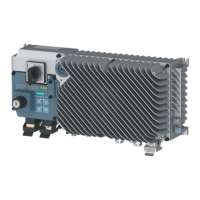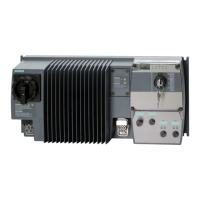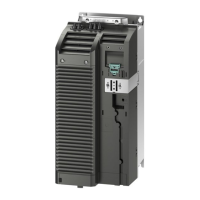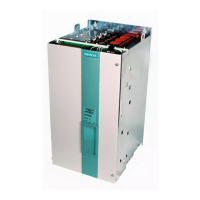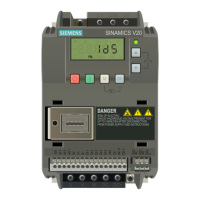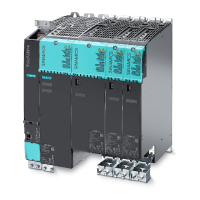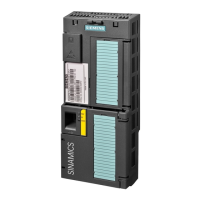EMC Basic Rules
© Siemens AG, 2004. All rights reserved
2-14 EMC Installation Guideline – Planning Guide (EMV) – 03.2004 Edition
· Avoid unnecessary line lengths (also with spare lines).
· Signal lines in particular nominal and actual value lines should be routed
without breaks. Ensure continuous shielding at the dividing points.
Fastening the line shields
· Earth the shields of the data lines, analog signal lines and power lines on both
sides extensively and well conducting.
· Line shields should be inserted directly after the entry of the line into the
cabinet onto a shield bus and routed up to the component. The shield contact
is ensured by screwing the plug to the component housing via the product-
specific, ready-made lines.
· Only metallic or metallized plug housings must be used for shielded lines.
Remedy of possible interference sources
· The coils of contactors, relays, solenoid valves and other inductors in the
cabinet, also perhaps in adjacent environment must be wired. Wiring is
performed, for example with RC elements, varistors, etc., directly on the
respective coil.
· Use light bulbs as possible for the lighting of cabinets. Avoid the use of
fluorescent lamps.
Uniform system reference potential
· If system components are housed in different cabinets, then they must be
connected via e.g. an equipotential bonding conductor.
· Adequately-sized equipotential bonding lines must be used against potential
differences between system parts.
Measures against the effects of lightning strikes
Measures must be taken in buildings, rooms and electrical devices for the
protection of the electrical appliances against overvoltage, caused by lightning
strikes. Therefore we recommend you to contact your Siemens office or the
relevant specialist firms.
Handling of components susceptible to electrostatic damage
· Wear an electrostatic wristband when working with components susceptible to
suffering damage due to electrostatic discharge.
· Use storage surfaces suitable for electrostatically damageable components
and packaging made of electrostatically safe materials, e.g. uncoated
cardboard boxes.
· See also Chapter 9.
n

